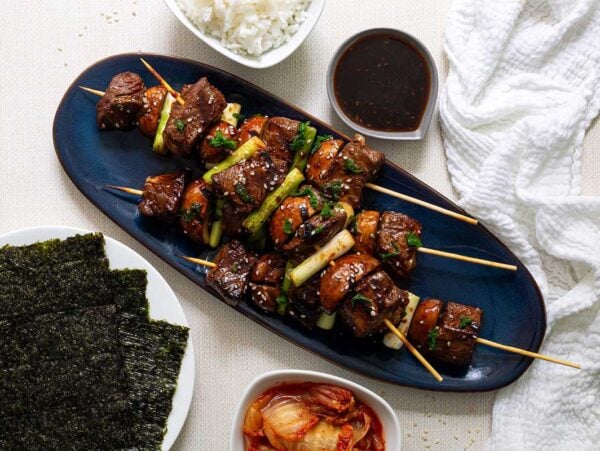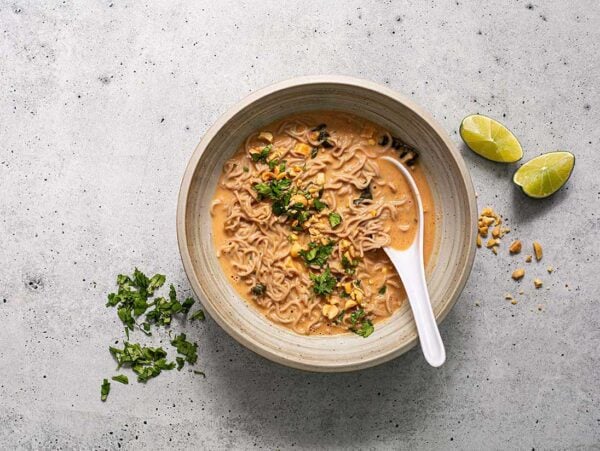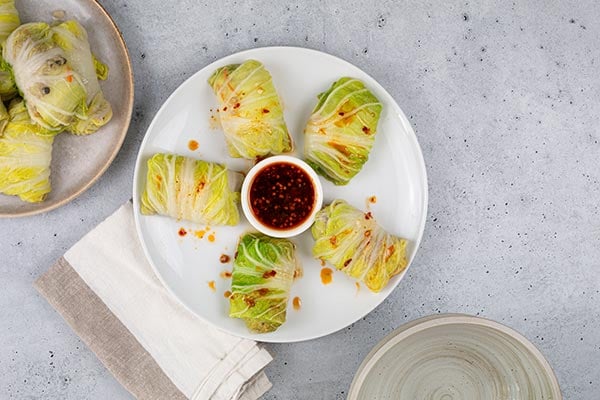Homemade Gluten-Free Pasta: A Classic Recipe You Can Master at Home
Published Jul 28, 2025
This post contains affiliate links. Please see our disclosure policy.
Let’s be honest—there’s something magical about making pasta from scratch. The process is hands-on, satisfying, and, believe it or not, surprisingly easy—especially when you’re armed with a solid recipe like this one for Homemade Gluten-Free Pasta. Created by Shay Ryan, a meteorologist with a passion for gluten-free cooking, this recipe brings authentic Italian flair right to your kitchen without the gluten.
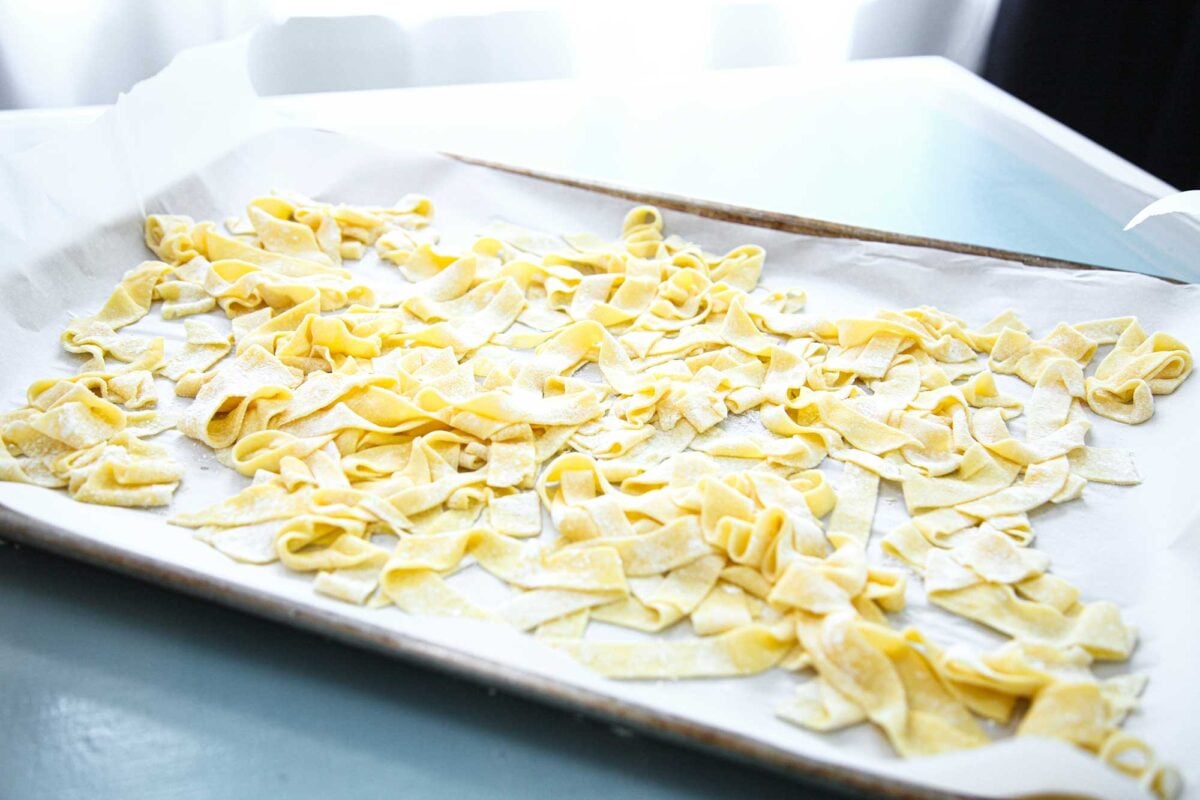
Table of Contents
Whether you’re making fettuccine, spaghetti, or even ravioli, this dough is versatile enough for all your favorite pasta shapes. And since it’s free of gluten, dairy, soy, nuts, and refined sugar, it’s safe for many dietary needs—while still delivering the comfort of traditional pasta.
Why You’ll Love This Gluten-Free Pasta Recipe
- Surprisingly simple: You don’t need fancy tools—just a bowl, a fork, and some elbow grease.
- Naturally allergen-friendly: Free from gluten, dairy, nuts, and soy.
- Customizable: Cut it into fettuccine, spaghetti, or even use it for homemade ravioli.
- Great texture and flavor: Thanks to Carol’s Gluten-Free Flour, the noodles cook up tender and hold sauces beautifully.
- Fun to make: This is the kind of recipe the whole family can help with—and enjoy together.
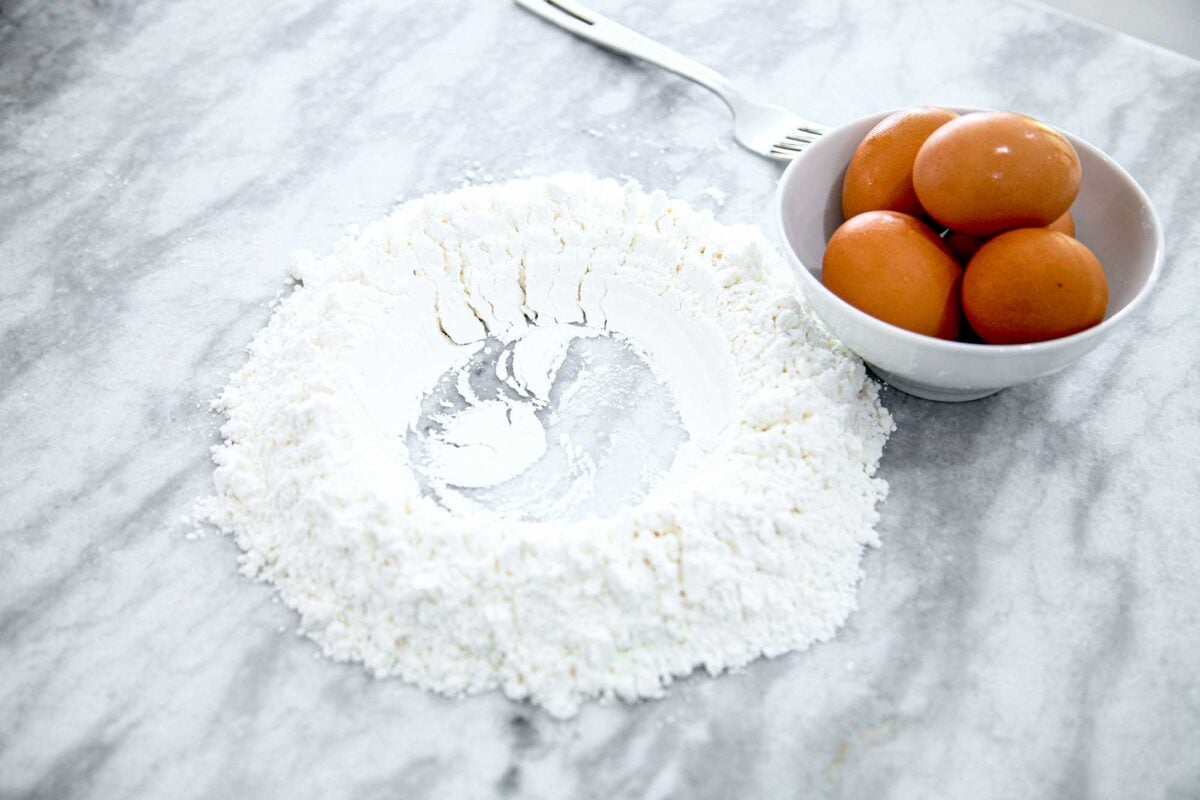
What You’ll Need
Here’s a quick list of what goes into this naturally gluten-free pasta dough:
- Carol’s Gluten-Free Flour (plus extra for rolling)
- Eggs and an extra yolk
- Fine sea salt
- A clean counter or large bowl for mixing
Although traditionally made on a countertop, this version starts in a bowl to keep the mess contained—ideal for first-timers. However, feel free to get traditional with it if that’s your vibe!
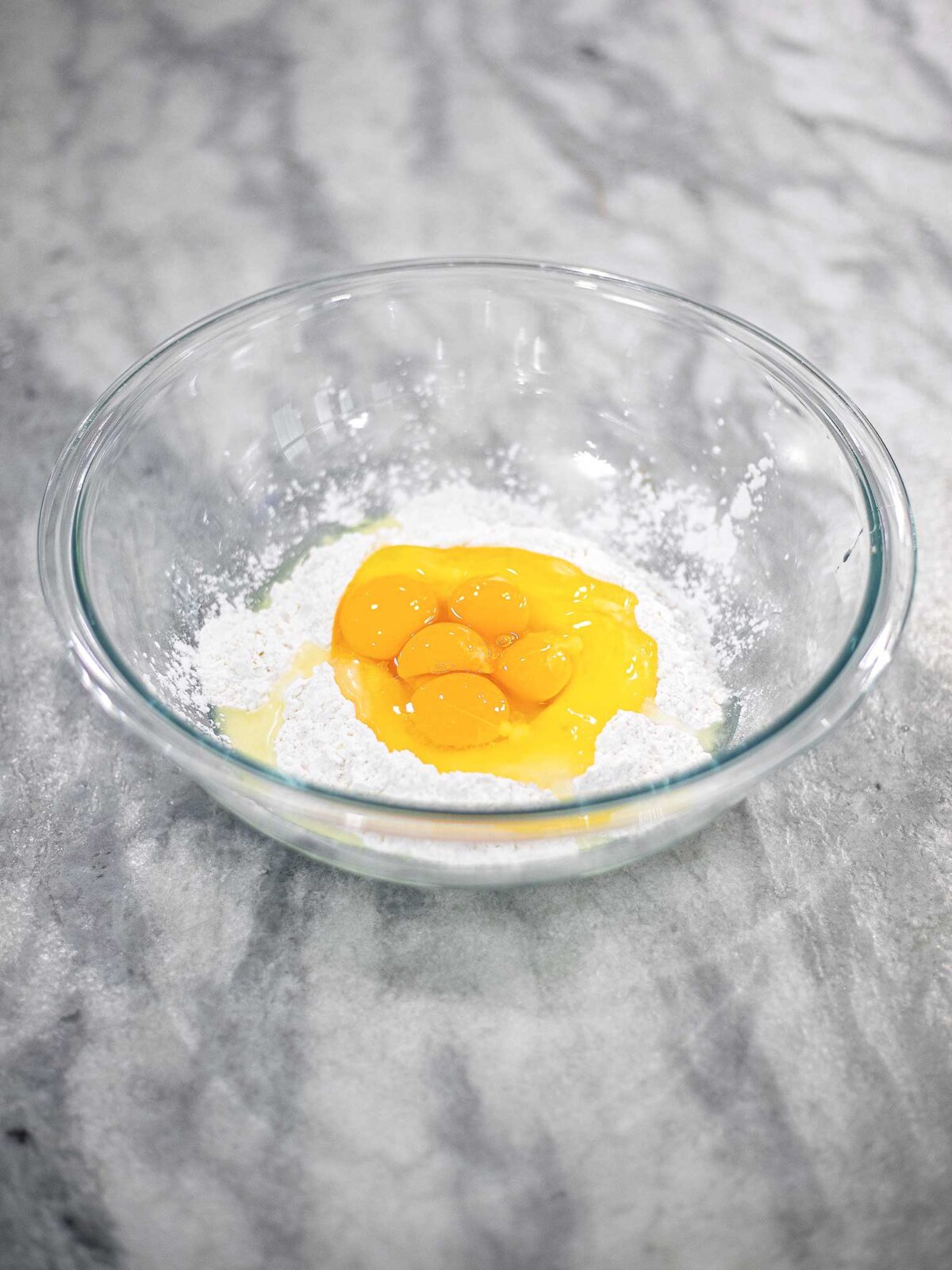
Tips for Rolling, Cutting, and Cooking
Once your dough is mixed and smooth, divide it into quarters and keep the unused portions covered to prevent drying out. From there:
- Roll out thin: You want to be able to almost see your hand through the dough.
- Dust generously: Use gluten-free flour to prevent sticking while rolling and cutting.
- Cut creatively: A pizza cutter works great for rustic noodles, or you can use pasta attachments for more precision.
- Cook quickly: Fresh pasta only needs 2–3 minutes in boiling water. Test a piece early to get the perfect bite.
Frequently Asked Questions
Can I use a different gluten-free flour?
You can, but the results may vary. This recipe was tested with Carol’s Gluten-Free Flour, so using another blend could affect the dough’s elasticity and flavor.
How do I store the pasta?
Cut pasta can be refrigerated for up to 3 days or frozen for up to 3 months. Cook straight from the freezer—no need to thaw.
Do I need a pasta machine?
Not at all! While a pasta roller makes things easier, a rolling pin works just fine. This dough is forgiving and easy to shape.
Can I use this dough for filled pasta?
Yes! It works beautifully for ravioli. Just roll the dough very thin, fill with your favorite ingredients, and seal well before boiling.
Homemade pasta doesn’t have to be intimidating—even when it’s gluten-free. With the right flour and a bit of practice, this Homemade Gluten-Free Pasta will become a staple in your kitchen. Serve it with classic marinara, fresh basil and tomatoes, or even filled with mushrooms and cheese for a dish that’s as comforting as it is impressive.
So, roll up your sleeves, dust off that countertop, and dive into homemade pasta night—gluten-free style.
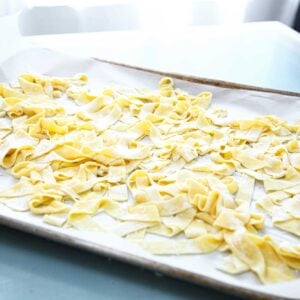
Homemade Pasta
Ingredients
- 2 cups Carol’s gluten-free flour, plus extra for rolling
- 5 large eggs
- 1 egg yolk
- ¼ teaspoon fine sea salt, plus more for the pasta water
Instructions
- Line a large sheet pan with parchment paper and dust lightly with flour. Set this aside.
- In a large mixing bowl, create a mound of flour with a large well in the middle. Pour the eggs, egg yolk, and salt into the well.
- Use a fork to beat the eggs, keeping them in the well, while gradually pulling flour from the sides. Continue this method until there isn’t any wet egg remaining. The dough will be partially sticky while dry and crumbly.
- Work the mixture with your hands until a smooth dough comes together. Use immediately or cover tightly with plastic wrap and store in the fridge for up to 3 days.
- When ready to make pasta, work with one-fourth of the dough at a time while keeping the rest covered in plastic.
- Dust the surface of a clean & dry countertop, a rolling pin, and all sides of the dough with gluten-free flour.
- Roll out the pasta dough as thin as possible, and continue dusting flour on top and underneath to prevent sticking.
- Use a sharp knife or pizza cutter, to cut long strips approximately ¼ – ½ inch wide across the dough. This is a rustic version, so don’t worry about cutting perfectly straight lines.
- Pile the ribbons of pasta on the floured parchment paper and dust lightly with additional flour if it is sticky. Continue rolling and cutting the remaining dough until all dough is used.
- Bring a large pot of well-salted water to a boil. Carefully transfer the pasta into the boiling water and gently stir with a spoon to prevent sticking. Let boil for 2-3 minutes (cooking time will vary depending on the thickness of the pasta).
- Check for doneness, remove the pasta with tongs, and place directly into your preferred warmed sauce to coat the pasta and serve. Or plate and drizzle with olive oil, salt, pepper, parsley, and freshly grated parmesan cheese.
- Cut pasta can be stored in a sealed container in the fridge for 3 days or freezer for 3 months. Boil from frozen.
Notes
Nutrition
Nutrition information is automatically calculated, so should only be used as an approximation.



